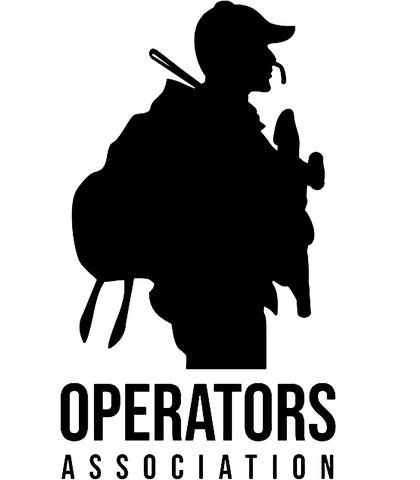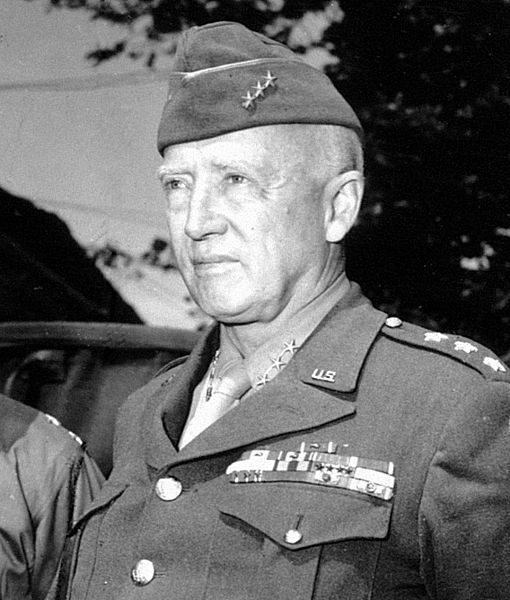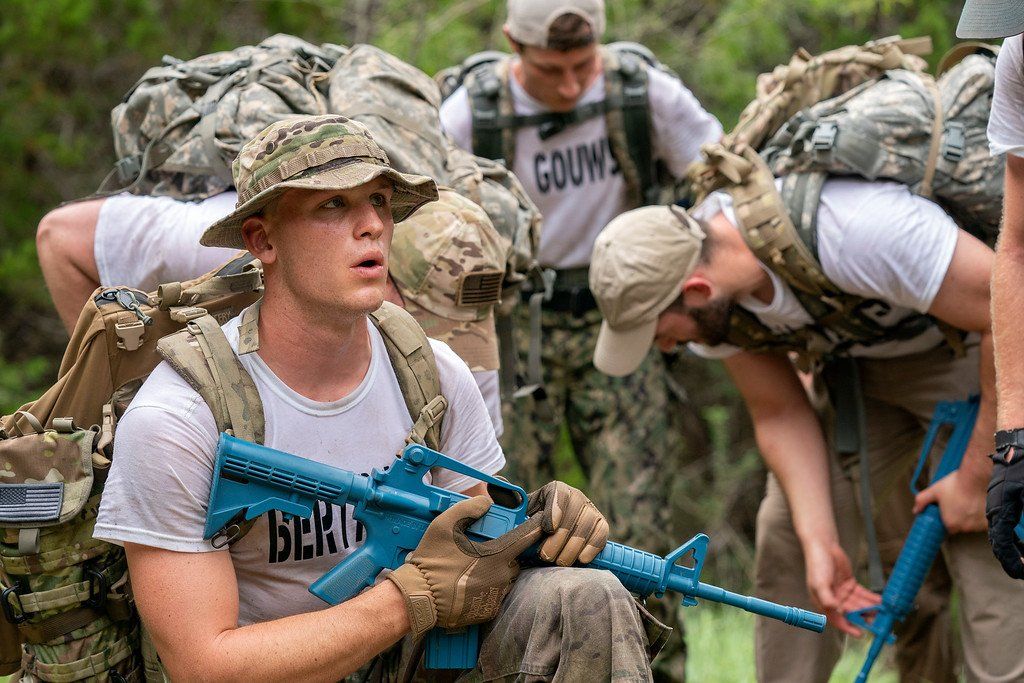The 7 Styles of Leadership
Aug 18, 2021
Different styles of leadership and how you can apply them
Leadership is critical to your team’s success both in the military and civilian world. Inspiring your people to take action and achieve a common goal is the key to overcoming obstacles and accomplishing your objectives. There’s only one problem: there are many leadership styles and approaches.
The CEO of a company won’t direct his people the same way that a drill sergeant commands recruits at boot camp. There is a time and place for every leadership style. Each strategy has scenarios where it prospers or comes up short. So which one should you use, and when? In this OA guide, we’ll introduce the seven most common leadership styles and provide insights for when they can be used most effectively!
Pacesetting
Pacesetters are leaders who guide by example and expect their subordinates to keep up. By leading the charge and staying in the front lines, a pacesetter inspires his teammates to push the tempo and make a greater effort.
The pacesetting leadership style is best used when the goal of the mission and the plan are known, but the team’s effort is lacking. In these scenarios, everyone understands the objective. They just need the drive to reach it.
Pacesetting tends to struggle if the people in your team are sensitive or easily threatened by a high-performer. If you regularly outpace your teammates, they might develop resentment and feel like you are showing them up. Ensure you remain supportive and tactful
while playing the role of a pacesetter.
Democratic
Democratic leadership is generally recognized as the most effective way of planning missions and leading people. When you bring your subordinates into the decision-making process, you gain access to multiple different perspectives. This gives you the ability to consider several approaches and pick the most efficient one.
Democratic leadership comes in handy when the objective is known, but the solution to achieving it is unclear. When you know what to do but not how to do it, using a democratic approach to create a plan is an excellent idea.
The downside of democratic leadership and planning is that it usually takes more time than other management styles. The plans it creates might be efficient, but that comes at the cost of time. If you are in a fast-paced scenario, try a different style of leadership.
Authoritative
Authoritative leaders are aggressive and capable people who take control of situations and attack objectives. They set high expectations for their people and push them to surpass their standards.
This leadership style is most effective in chaotic situations
where the objective is unclear and the solution unknown. When your people are confused, it’s up to you to take charge of the scenario and inspire them to action.
While authoritative leadership is effective in chaotic situations, it quickly loses its potency in more relaxed scenarios. When the team is not under stress, authoritative leaders can come off as too intense and aggravate their people. Use this leadership style cautiously.
Transformational
Transformational leadership is the most challenging management style to master. But it can also be the most effective way to lead people and inspire them to achieve the team’s goals. Transformational leaders don’t just tell people how to do things – they show them why. They dedicate time to ensuring that every teammate understands and believes in the mission and plan.
Although transformational leadership is beneficial in almost any scenario, it is especially effective when leading a disjointed group. Before you can begin planning a mission and defining objectives, you must ensure that all of your people are on the same page. Transformational leaders accomplish this by inspiring their team and explaining the principles behind the mission.
There aren’t many scenarios where transformational leadership suffers, but there are situations where it can be inefficient. If your teammates already believe in the objective, being a transformational leader is a waste of time.
Coaching
Coaching leaders have many similarities to transformational leaders. Both leadership styles emphasize bettering their subordinates and making them better equipped to accomplish the mission.
The difference between these styles is in how they improve their subordinates. Transformational leaders change the way their people think while coaching leaders enhance their people’s skills. The coaching approach to leadership is effective when the objective and plan are known, but the team’s skills must be developed.
Just like with transformational leadership, coaching almost always comes in handy. But it can be redundant if your teammates are already skilled enough to accomplish the mission.
Hands-Off
Hands-off (or laissez-faire) leadership is about minimizing the amount of oversight and involvement from the manager. Hands-off leaders allow their subordinates to be dynamic in their decision-making
and accomplish their tasks with minimal procedure.
This leadership style is most effective when the team faces an unusual problem with an unclear solution. In these scenarios, creativity and out-of-the-box thinking are critical to your team’s success. Authority and oversight can often interfere with the creative process – so keeping them to a minimum is the best strategy for success.
Naturally, hands-off leadership will suffer significantly in chaotic, fast-paced situations
where a leader needs to take charge of the scenario and guide his team to victory. Use this leadership style carefully. You don’t want your team to fall apart from a lack of guidance.
Autocratic
Autocratic leadership is the opposite of democracy. Some of its aspects resemble authoritative leadership, but this strategy is more intense. Essentially, autocratic leadership operates on the principle of “do as I say and don’t ask questions.” Autocratic leaders aggressively attack goals and demand loyalty from their subordinates.
As a result, there are few scenarios where autocratic leadership works better than any other strategy. In most cases, it creates resentment and mutiny
– its liabilities outweigh the rewards. Autocratic leadership is only effective in highly confusing or panic-inducing situations where only the most aggressive leaders can rally their people and make them act to accomplish objectives.
If you’re looking for more ways to develop your leadership skills, become an OA Aspiring Operator today. You will unlock instant access to hundreds of exclusive special forces podcasts, a private weekly accountability group, and a community of over 900 motivated, disciplined future operators who will keep you accountable for your progress. Visit our membership packages page to get started today!








